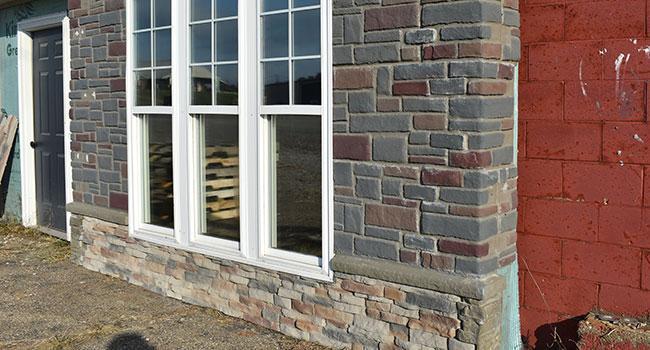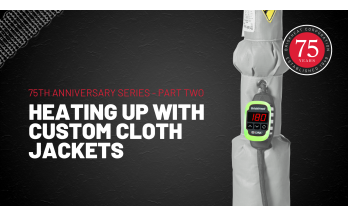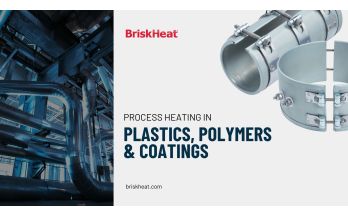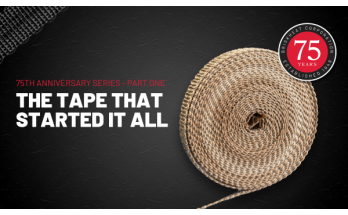Arcitell® was formed in 2017 as a joint venture between Belcap, Inc. , a subsidiary of Belden Holding & Acquisition, and Acell Technologies, Inc. to commercialize a new technology for cladding materials to be used in the residential construction industry. The result is Qora® Cladding, a lightweight, energy efficient, fire-resistant, and easy to install product (Figure 1S).
Simon Whalley, Vice President of Manufacturing came to BriskHeat in January 2018 providing an overview of the product they would be making and the suitability of BriskHeat’s Vacuum Curing and Debulking Table for producing panels. A few days later, the collaboration began. Over the past 3 years, as Arcitell® continued to develop new products and processes, BriskHeat products have been integrated into much of their manufacturing operation.
Qora® has the look and feel of real stone. Phenolic resin stored in a cooler is heated in 55-gallon drums using BriskHeat full coverage drum heaters. The heater helps the resin reach the proper viscosity, then sand and other proprietary compounds are added. Resin is poured over a layer of fiberglass reinforcement to form composite sheets which are sandwiched between peel ply and rolled for future use.
Phenolic resin is also used to make foam cores. BriskHeat silicone heating blankets with adjustable controls are used to heat the top and bottom of a clamshell designed mold for curing the form (Figure 2S). The bottom of the mold will provide the same contour to the foam as the finished Qora® panel. Cores add strength to the panels and make the cladding more energy efficient.
The cladding is made by placing a composite sheet in a heavy silicone mold which is profiled to appear like stone. After removing the peel ply, the foam core is pressed into the sheet. A second composite sheet is placed over top. Heat and pressure is applied to the top and bottom of the mold to form and cure the panels (Figure 3S). Corner pieces provide unique challenges as pressure is required from more than two sides. Arcitell® engineered a “V” shaped fixture that is heated with adjustable thermostat silicone heaters. Flat panels and corner pieces are designed to interlock, leaving it indistinguishable from real stone and mortar (Figure 4S). After cooling, the pieces are painted and oven dried.

Figure 3S- Qora panel before removing from the mold (Photo courtesy of Arcitell)
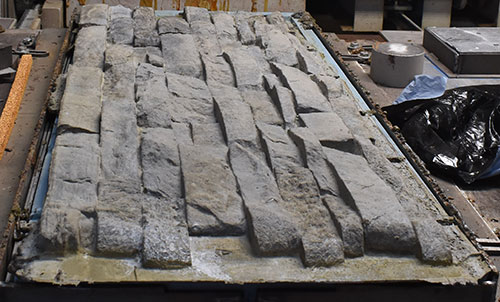
Figure 4S- Cured Qora panel will be trimmed and painted (Photo courtesy of Arcitell)
“We partnered with Briskheat when we were still in our R and D phase. Using their knowledge, advice and equipment, we've gone from a pilot operation to a fledgling manufacturing plant. As we perfected our process we have doubled, even tripled our capacity with the help of BriskHeat's technology. We continue to add more of their silicone blankets and drum heaters as part of our expansion,” said Whalley.
Arcitell® is continuing to improve their processing and adding new equipment to keep up with demand. They are developing new products as well. Along with Belden Brick, they are in development of a new product, RBP made from real brick with a composite panel backing (Figure 5S). Processed on a second BriskHeat vacuum table, it is lighter weight than using full-sized bricks, it installs as easy as Qora® and requires no mortar. A top-heat blanket on the vacuum table provides excellent temperature uniformity during the curing (Figure 6S).
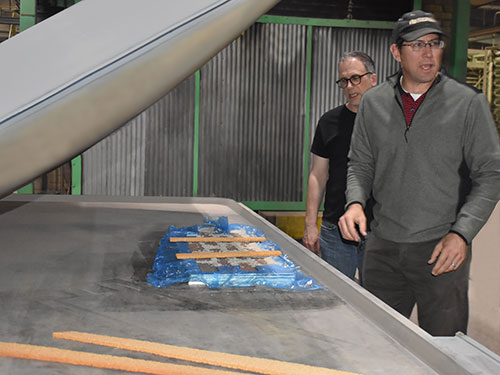
Figure 5S - Belden Brick RBP prototype on VT10000 (Photo courtesy of Belden Brick)
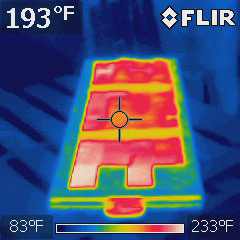
Figure 6S- Thermal image of RBP panel after curing and debulking (Photo courtesy of Belden Brick)
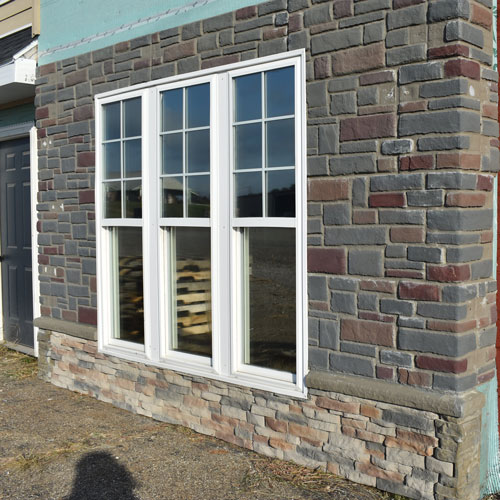 Figure 1S- Arcitell Qora® Cladding is manufactured in Sugarcreek, Ohio (Photo courtesy of Arcitell)
Figure 1S- Arcitell Qora® Cladding is manufactured in Sugarcreek, Ohio (Photo courtesy of Arcitell)
![]() Figure 2S - Silicone blankets heat the mold to cure phenolic resin foam cores (Photo courtesy of Arcitell)
Figure 2S - Silicone blankets heat the mold to cure phenolic resin foam cores (Photo courtesy of Arcitell)

